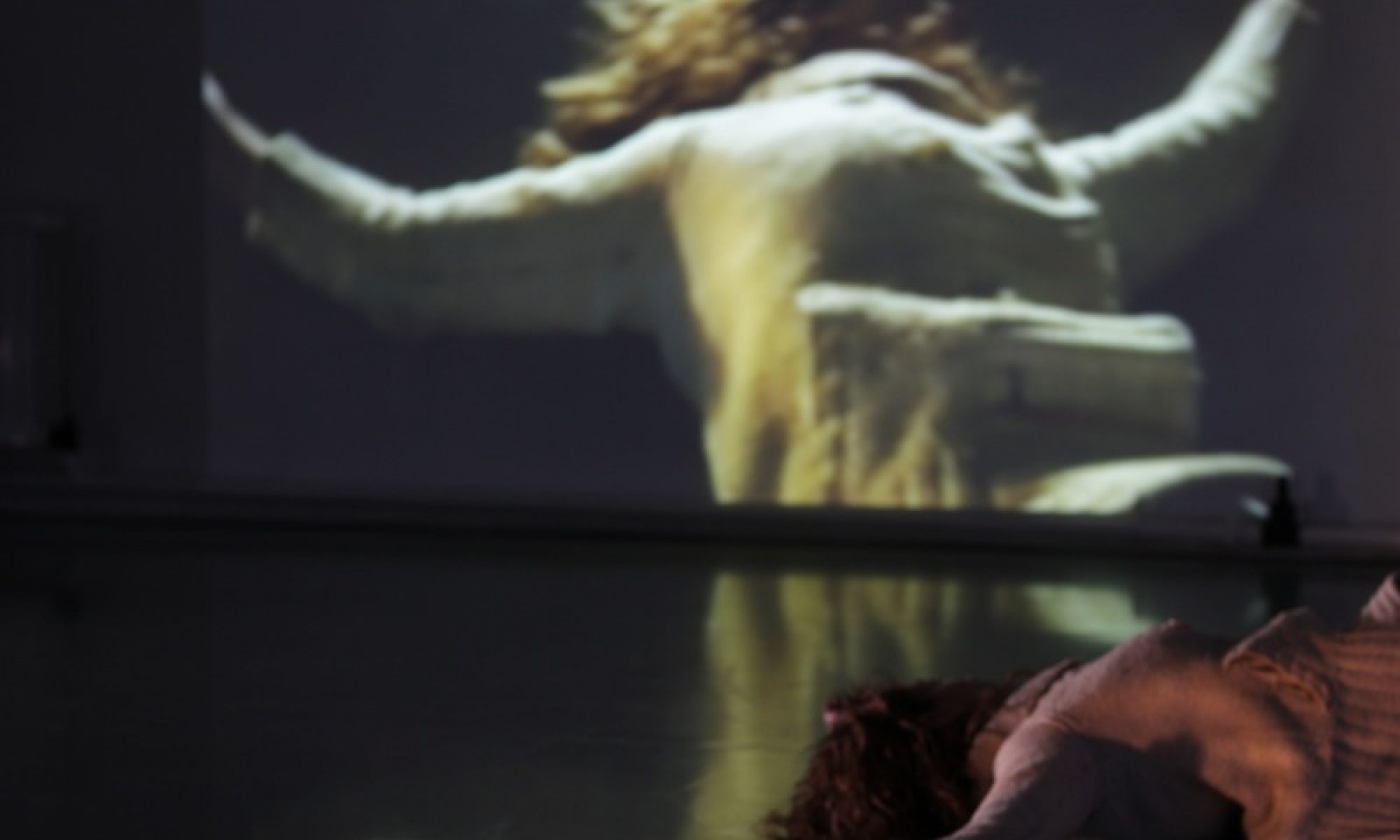Yesterday I spent a few hours with the postgraduate cohort at C-DaRE (Centre for Dance Research) at Coventry University. They were in the middle of a couple of days working through ideas about research methods and my job was to lead some conversations about documentation in relation to practice-as-research.
I feel quite strongly that documentation is simply not the right word to be using when we are talking about the various traces, practices, texts (etc) that make up practice-as-research projects or activities. I’ll discuss this problem or idea in a later post but for now, here’s a list of reasons why performance-making artists (in any context, not just academia) might find ways to gather the traces (detritus?) and materials of their work. It’s not exhaustive:
- preservation
- to stimulate memory of the performance event (Phelan, 1993).
- pressure to develop reproducible forms
- interest in developing reproducible forms
- new audiences
- economic benefit
- professional benefit
- continue and diversify creative processes
- increase cultural authority (Lycouris, 2000)
- evocation
- to foreground the disappearance of performance
- to prevent performance disappearing
- to acknowledge performance’s incompleteness (Lycouris, 2000)
- to trace, map, outline, sketch, taste, make sense of
- reflection
- understanding
- fashion
Lycouris, S. (2000). The documentation of practice: Framing trace. Working Papers in Art and Design Vol I http://www.herts.ac.uk/__data/assets/pdf_file/0003/12288/WPIAAD_vol1_lycouris.pdf
Phelan, Peggy. 1993. Unmarked. London: Routledge.

Such splendid synchronicity for a sunshine day!
Sent from maxines iPad
>
LikeLike